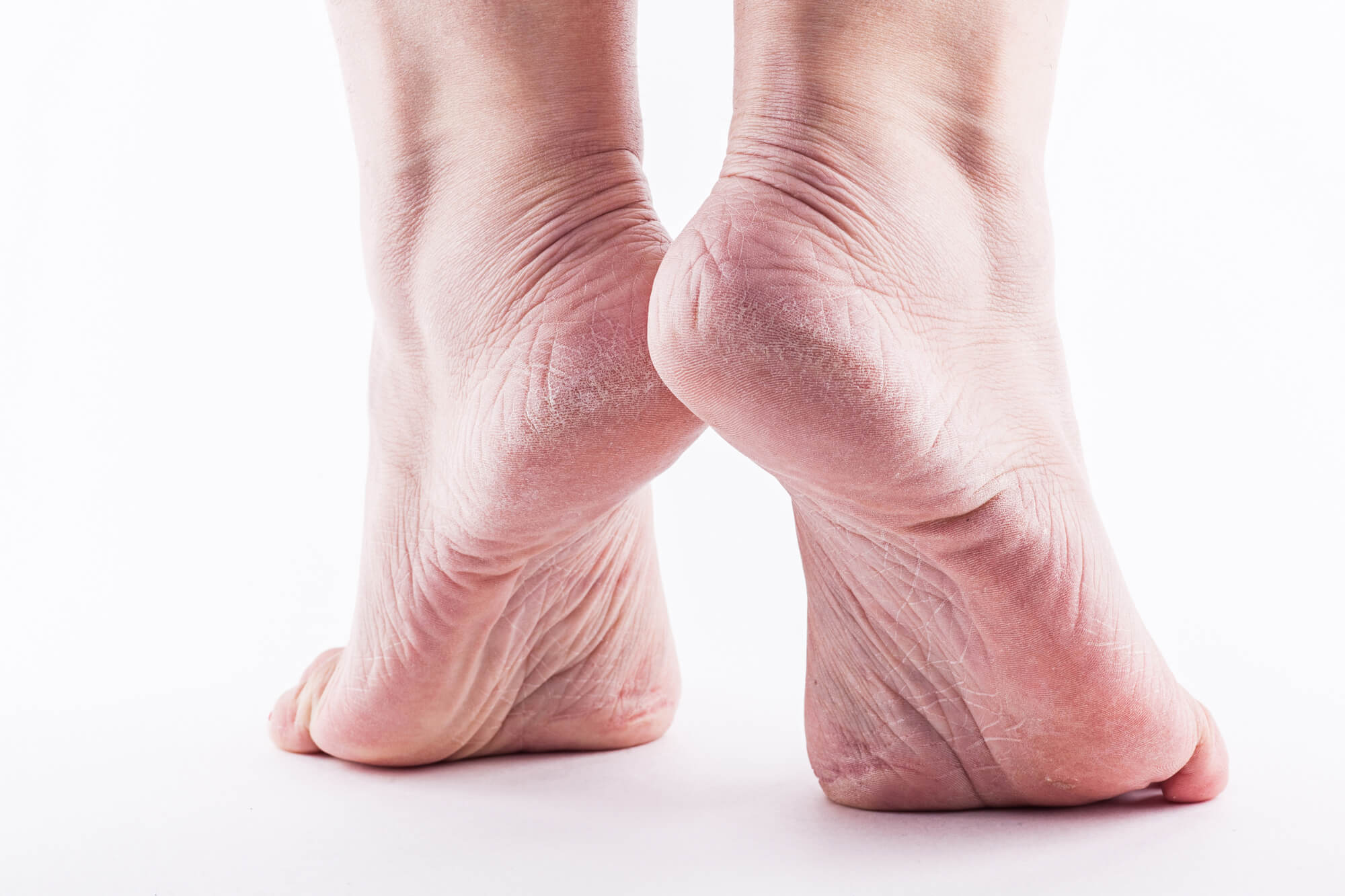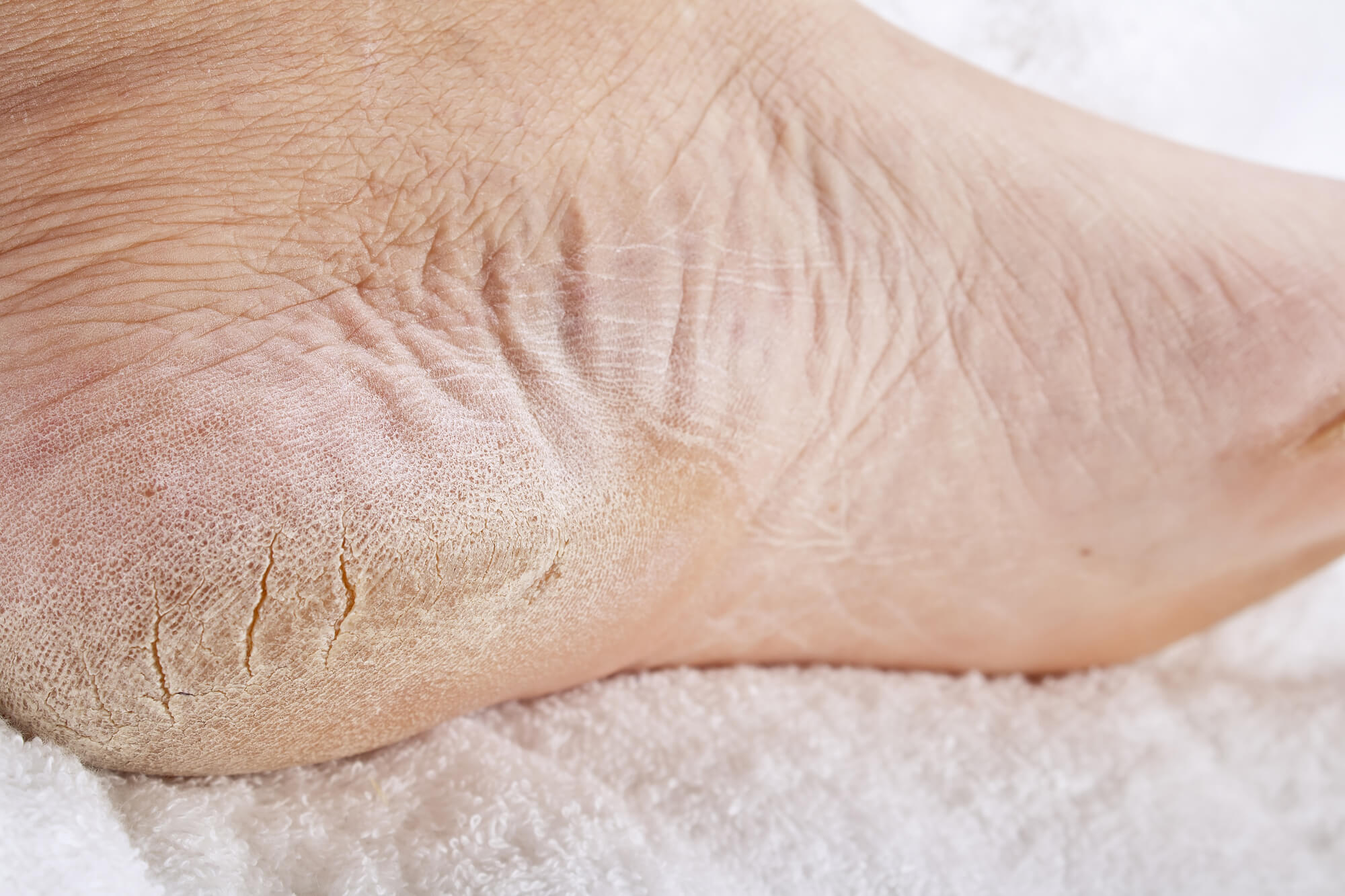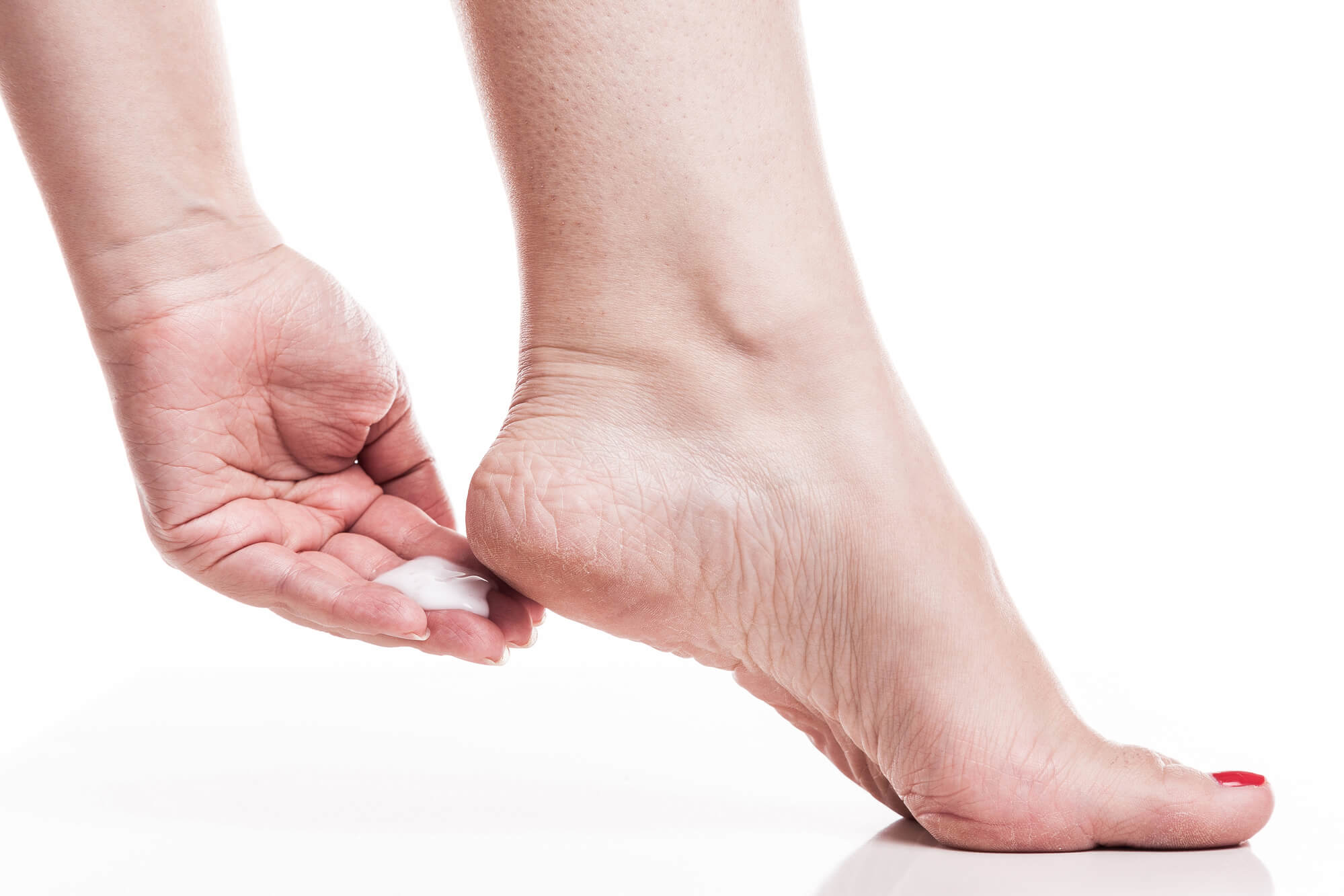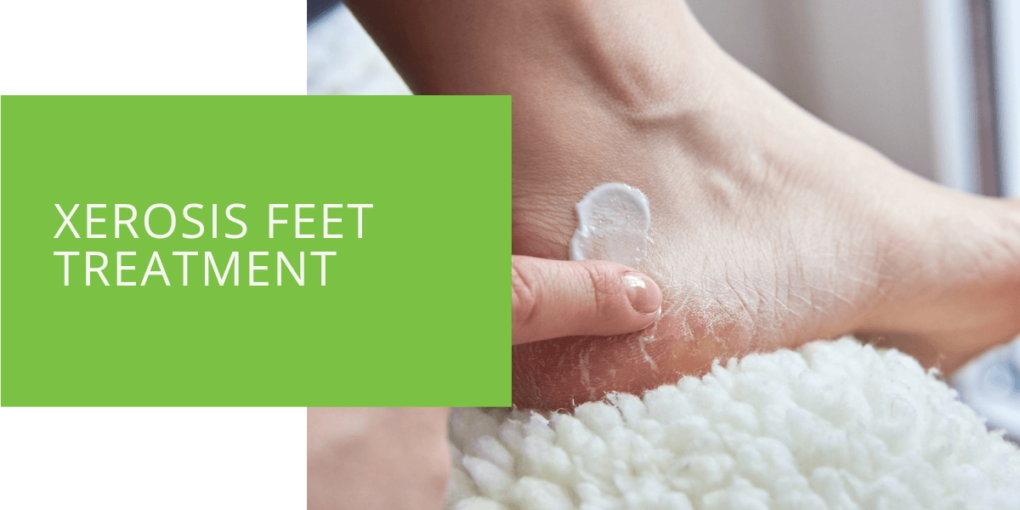Xerosis Feet Treatment: What You Need to Know
Dry skin, or xerosis, is a common condition that can affect anyone, but it is especially prevalent on the feet. The feet are subject to constant pressure and friction, leading to dryness, itching, and cracking. Xerosis feet can cause discomfort and pain and, if left untreated, lead to more severe skin conditions such as eczema or infection. Proper foot care is crucial in preventing and treating xerosis feet. This article will discuss the causes, symptoms, prevention, and treatment of xerosis feet and provide a comprehensive guide to caring for dry skin on the feet.
Treatment of Xerosis Feet
Several treatment options can help alleviate symptoms and prevent further dryness and cracking if you suffer from xerosis feet. One of the most important steps in treating xerosis is moisturizing the skin. Here are some tips to help you treat xerosis feet:
Moisturizers and Creams
- Look for products that contain ingredients that are effective in hydrating dry skin, such as ceramides, urea, lactic acid, or glycerin.
- Choose a lotion or cream specifically designed for the feet and avoid products containing harsh chemicals or fragrances that can irritate the skin.
- Apply lotion or cream to the feet several times daily to keep the skin hydrated and reduce dryness.
Home Remedies
- Soaking the feet in warm water with Epsom salts can help to soothe dry, itchy skin and reduce inflammation.
- Adding a few drops of essential oils, such as lavender or tea tree oil, to the foot bath can provide additional benefits, including a relaxing, therapeutic effect.
- An oatmeal-based foot soak is another effective home remedy for treating xerosis feet. Oatmeal has natural moisturizing properties that can help to hydrate the skin and reduce dryness and cracking.
Using a combination of moisturizers, creams, and home remedies can help alleviate symptoms of xerosis feet and prevent further dryness and cracking. It is important to choose products specifically designed for the feet and avoid using products that contain harsh chemicals or fragrances, which can irritate the skin. If your symptoms persist or worsen, contact your podiatrist or dermatologist to discuss additional treatment options.

Causes of Xerosis Feet
Xerosis feet is a common condition when the skin on the feet becomes dry and cracked. Here are some of the most common causes of xerosis feet:
Environmental Factors
- Low humidity levels, especially in dry or cold climates, can cause the skin on the feet to dry and crack.
- Hot showers or baths can strip the skin of natural oils and cause dryness.
- Harsh soaps or skin care products can irritate the skin and lead to dryness.
Health Conditions
- Certain health conditions, such as eczema, diabetes, and hypothyroidism, can cause the skin on the feet to become dry and itchy.
- Immune system disorders, such as HIV or AIDS, can also lead to xerosis feet.
Lifestyle Factors
- Wearing shoes that do not fit properly or are made from non-breathable materials can cause the feet to sweat, leading to dryness and cracking.
- Walking barefoot, especially on hard surfaces, can cause friction and pressure on the feet, leading to dryness and cracking.
By understanding the common causes of xerosis feet, you can take steps to prevent the condition and maintain healthy, comfortable skin on your feet. If you are experiencing any symptoms of xerosis feet, it is important to seek professional help to develop a treatment plan.

Symptoms of Xerosis Feet
Xerosis feet can cause discomfort and pain and, in severe cases, lead to more serious skin conditions. Here are some of the most common symptoms of xerosis feet:
Dryness and Itchiness
- The skin on the feet may appear dry, flaky, or scaly.
- The skin may also feel tight, rough, or appear cracked.
- The feet may feel itchy, which can lead to scratching and further damage to the skin.
Discomfort
- Xerosis feet can cause discomfort, pain, and tenderness.
- The feet may feel sore, especially when standing or walking for long periods.
- In severe cases, xerosis feet can cause fissures, which are painful cracks in the outer layer of the skin.
Skin Conditions
- Xerosis feet can lead to more serious skin conditions, such as eczema or infections.
- If left untreated, xerosis feet can lead to complications such as deep vein thrombosis and a blood clot in a vein, which can be life-threatening.
If you are experiencing any of these symptoms, seeking professional help to develop a treatment plan is important. Regular check-ups with a podiatrist or dermatologist can also help to monitor the condition and identify any changes in the skin. Taking care of your feet is essential to maintaining healthy, comfortable skin, and following a proper foot care routine can keep your feet looking and feeling their best.

Preventing Xerosis Feet
Preventing xerosis feet is key to avoiding the condition altogether. Good foot hygiene practices such as washing your feet regularly and avoiding hot water or harsh soaps can help prevent xerosis feet. However, there are other steps you can take to keep your feet dry and avoid moisture-absorbing materials that can lead to dryness and cracking. Here are some tips to help you prevent xerosis feet:
Footwear
- Choose shoes that fit well and provide adequate support.
- Look for shoes made from breathable materials, such as leather or canvas.
- Avoid shoes made from synthetic materials or plastic linings, which can trap moisture and cause the feet to sweat.
Socks
- Look for socks made from breathable materials, such as cotton or bamboo, that will help to wick moisture away from the skin and keep your feet dry.
- Avoid socks made from wool or synthetic materials, which can absorb moisture and cause the feet to sweat.
General Tips
- Avoid direct contact with moisture-absorbing materials, such as rubber or plastic.
- Use a humidifier to add moisture to the air and prevent the skin from drying out.
- Keep your feet dry by changing your socks and shoes frequently.
- Use a moisturizer or lotion on your feet regularly to help keep the skin hydrated.
By following these tips and incorporating them into your daily routine, you can help prevent xerosis feet and maintain healthy, comfortable skin. If you are already experiencing symptoms of xerosis feet, it is important to seek professional help to develop a treatment plan.
Conclusion
Xerosis feet is a common condition that can cause discomfort and pain and, in severe cases, can lead to more serious skin conditions. Good foot hygiene practices, including keeping the feet moisturized and avoiding drying agents, can help to prevent and treat xerosis feet. Regular check-ups with a podiatrist or dermatologist can also help to monitor the condition and identify any changes in the skin. If you are experiencing any symptoms of xerosis feet, it is important to seek professional help to develop a treatment plan. Taking care of your feet is essential to maintaining healthy, comfortable skin, and following a proper foot care routine can keep your feet looking and feeling their best.

